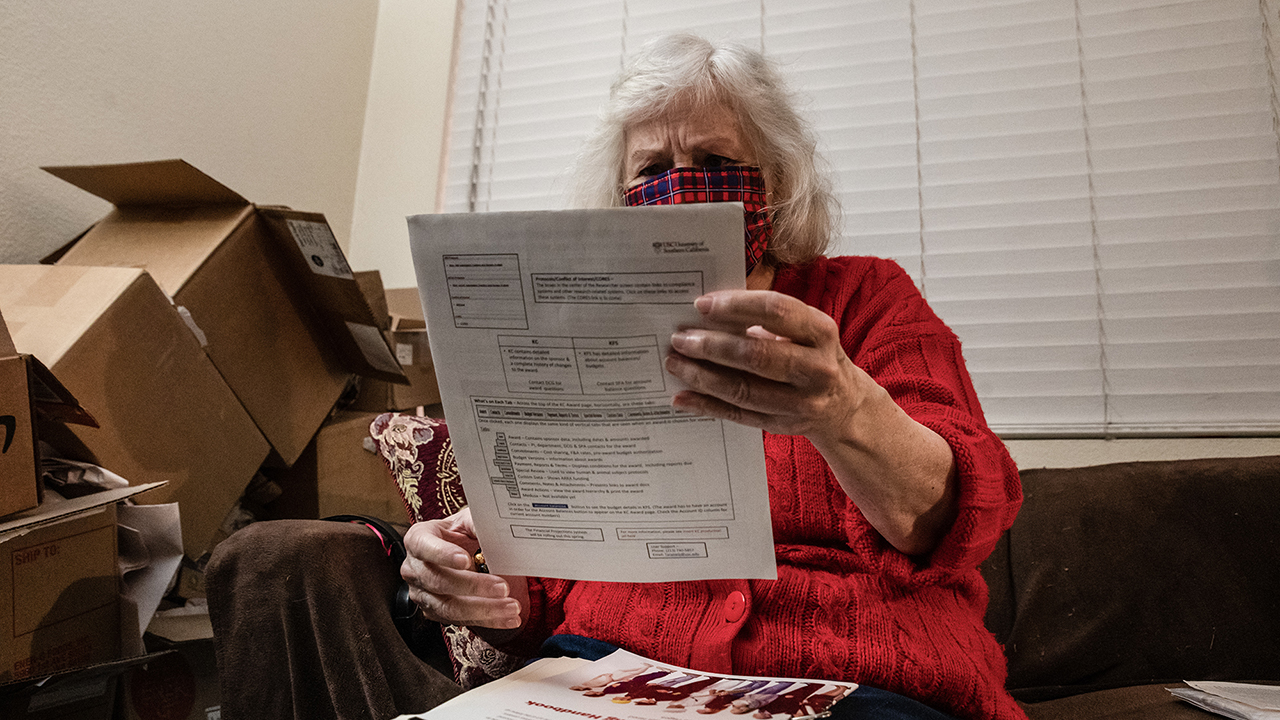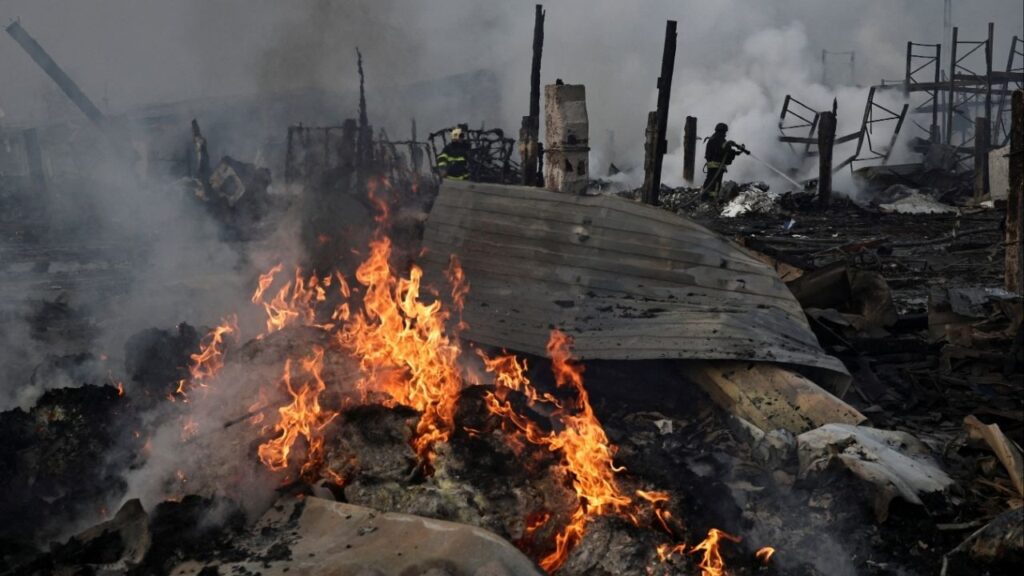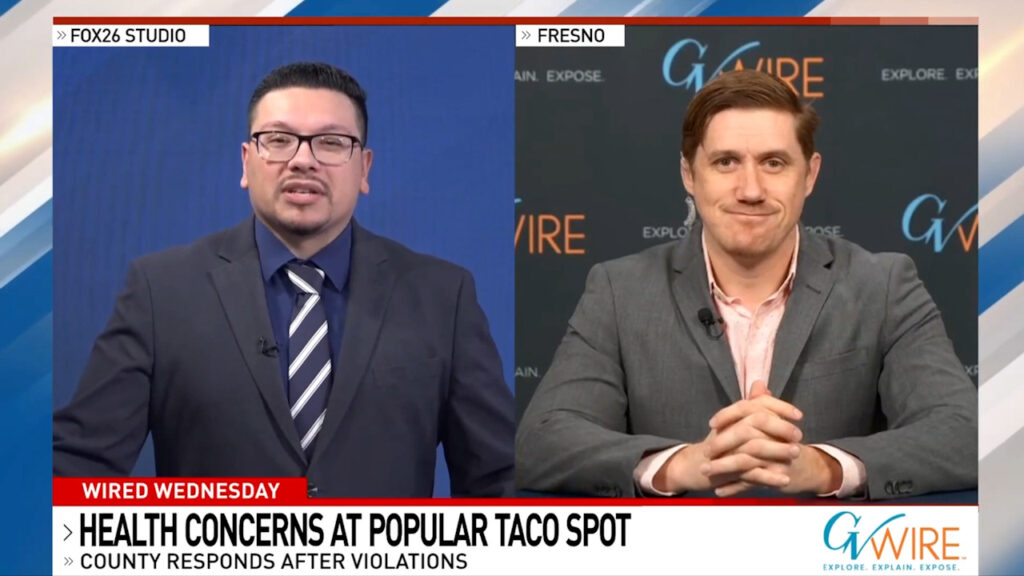As California's population ages, the state grapples with the far-reaching implications for its economy and society. (CalMatters/Raquel Natalicchio)

- California's population is aging, with 22% expected to be 65 or older by 2040, up from 14% in 2020.
- The state faces challenges in implementing its Master Plan for Aging amid projected budget deficits.
- Worker shortages in key sectors may worsen as California struggles to attract new residents due to high costs.
Share
California is a living laboratory for the observation that demography is destiny, first uttered by the 19th century French philosopher Auguste Comte.

Dan Walters
CalMatters
Opinion
During the first 150 years of its statehood, California’s population grew briskly thanks to the effects of immigration from other countries and other states. However, although its ethnic and cultural attributes evolved, there was one constant: its youth.
Immigrants tend to be young people seeking better lives for themselves, and youth also procreate, adding babies — sometimes more than a half-million a year — to the state’s population.
The Shift in California’s Population Growth
As the century turned, however, California’s population growth stalled, thanks to declines in both immigration and birth rates, and it even dropped in some years due to outflow to other states. The result, for better or worse, is that California’s population is aging.
“By 2040, 22 percent of Californians will be 65 or older, up from 14 percent in 2020,” the Public Policy Institute of California declared in a recent report. “The older population (aged 65+) will increase by 59%, while the working-age population (aged 20–64) will remain largely unchanged and the child population (aged 0–17) will decrease by 24 percent.”
The Dual Impact of an Aging Population
The aging trend is having, or will have, two distinct impacts, one on the elderly population itself as its needs for housing, medical care and other services increase, and the other on the state as a whole as the number of working age adults stagnates.
Gov. Gavin Newsom’s administration says it is working to mitigate negative aspects of the first impact with a Master Plan for Aging.
“California is boldly embracing the opportunity and challenge to make life better as we age,” Newsom says in a foreword to the latest report on the plan, released last month. “I made a commitment in my first State of the State in 2019 to develop a California Master Plan for Aging, in honor of my late parents. I did so knowing that people from 50 to 100 years old are becoming a larger share of our families and communities. Californians are living longer, more varied lives. Change is here, change is necessary — and California is leading the way.”
Challenges in Implementing the Master Plan
Whether the lofty goals in the master plan can be reached is uncertain, given the prospect that the state will face multibillion-dollar budget deficits for the remainder of Newsom’s governorship and beyond.
It’s even less certain whether the impacts on the other three-quarters of Californians will be acknowledged and handled.
Despite having more than a million unemployed workers, California still has severe shortages of workers in many key occupations, including health care and construction. Keeping more seniors working may be one aspect of the situation but there’s an obvious limit to that.
“Labor force participation rates for 65- to 74-year-olds are projected to increase over the next 15 years,” the Public Policy Institute of California report declares. “The largest gains in participation will be among those aged 65 to 69, driven at least in part by the age at which people are eligible for full Social Security benefits being raised to 67. This suggests that more older adults may be working out of necessity rather than choice, particularly those with lower levels of education and perhaps lower lifetime earnings.”
In decades past, when California needed more workers, it could count on migration from other states and nations to fill the vacuum, but the state’s extremely high living costs, especially for housing, make moving to California much less attractive. President Donald Trump’s crackdown on illegal immigration may worsen the shortages even more.
Not having enough workers may be one destiny of California’s demographic change.
About the Author
Dan Walters is one of the most decorated and widely syndicated columnists in California history, authoring a column four times a week that offers his view and analysis of the state’s political, economic, social, and demographic trends.
CalMatters is a public interest journalism venture committed to explaining how California’s state Capitol works and why it matters. For more columns by Dan Walters, go to calmatters.org/commentary.
Make Your Voice Heard
GV Wire encourages vigorous debate from people and organizations on local, state, and national issues. Submit your op-ed to bmcewen@gvwire.com for consideration.
RELATED TOPICS:
Categories

7-Eleven Inc Says CEO Jeo DePinto to Retire


















